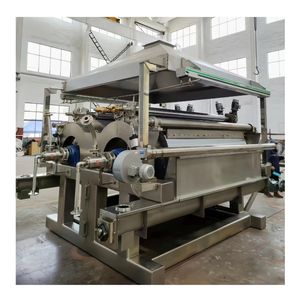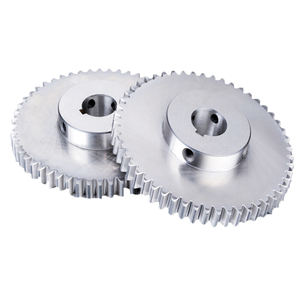The classification of Robuminer as heavy machinery is a pertinent question within the evolving landscape of mining technology, demanding a precise examination of both the equipment’s characteristics and the established definition of the term. Heavy machinery, within an industrial engineering context, typically denotes large-scale, robust equipment designed for demanding tasks involving earthmoving, material handling, excavation, or construction. Key attributes include substantial mass and physical dimensions, high power output (often from large internal combustion engines or significant electric motors), structural durability to withstand harsh operating environments, specialized mobility systems (tracks, large tires), and the capability to exert considerable force or lift significant loads. These machines, such as hydraulic excavators, bulldozers, haul trucks, and large drilling rigs, form the backbone of conventional mining and large-scale construction operations due to their raw power and material processing capacity.
(Is Robominer Heavy Machinery)
Robuminer, developed as part of a European Union Horizon 2020 project, represents a paradigm shift towards autonomous, bio-inspired robotic systems for the exploration and remediation of abandoned, flooded, or otherwise inaccessible mines. Its primary design focus is on agility, adaptability, and autonomy within confined, hazardous, and unstructured underground environments where traditional heavy machinery cannot operate or presents unacceptable risks. Physically, Robuminer is significantly smaller and lighter than conventional mining equipment like continuous miners or large load-haul-dump (LHD) vehicles. It employs a modular, multi-legged locomotion system inspired by arthropods, enabling complex maneuverability over uneven terrain, debris, and through narrow passages. This contrasts sharply with the tracked or large-wheeled bases typical of heavy machinery.
However, dismissing Robuminer solely based on its smaller physical footprint relative to ultra-class haul trucks or large excavators overlooks crucial functional and engineering aspects that align it with the core principles of heavy machinery, albeit in a specialized and technologically advanced form. Firstly, Robuminer is engineered for extreme operating conditions inherent in mining environments – exposure to water, dust, corrosive atmospheres, and mechanical impacts. Its structural components utilize robust materials and protective systems designed for durability under stress, a fundamental requirement of heavy machinery. Secondly, while its power plant (a hybrid hydraulic/electric system) is scaled appropriately for its size and tasks, it delivers substantial power density necessary for its core functions. These functions include deploying powerful manipulator arms capable of exerting significant forces for tasks like rock cutting, sampling, debris removal, and deploying support structures. This capability to perform material manipulation and excavation tasks, core to mining operations, places it functionally within the sphere of heavy machinery applications, albeit focused on precision and access rather than bulk movement.
Furthermore, Robuminer integrates sophisticated hydraulic systems for actuation and force generation, a technology ubiquitous in heavy machinery. Its legs and manipulators rely on hydraulic cylinders to achieve the necessary forces for locomotion and interaction with the environment, directly comparable to the hydraulic systems powering the booms, sticks, and buckets of excavators. The complexity of its control systems, integrating sensors, autonomy algorithms, and real-time decision-making, while advanced, does not negate the fundamental mechanical engineering principles underpinning its force application and structural integrity. It is purpose-built for the heavy duty environment of underground mining, performing physically demanding tasks autonomously in locations where human presence is dangerous or impossible.
(Is Robominer Heavy Machinery)
Therefore, while Robuminer diverges from the traditional image of massive, operator-driven earthmoving equipment, it embodies the essential engineering spirit and functional purpose of heavy machinery. It is a specialized, robotic heavy machine designed for a specific, high-risk niche within the mining sector. Its classification hinges on recognizing that “heavy” refers not solely to mass, but to the severity of the operating environment, the robustness of construction, the power density required for its tasks, and the application of significant mechanical forces to manipulate the physical environment. Robuminer meets these criteria through its durable design, powerful actuation systems (hydraulic/electric), and its execution of core mining functions like excavation and material handling in the most challenging underground settings. Consequently, Robuminer is accurately categorized as a specialized class of robotic heavy machinery, representing the future of equipment for hazardous and confined space mining operations.


